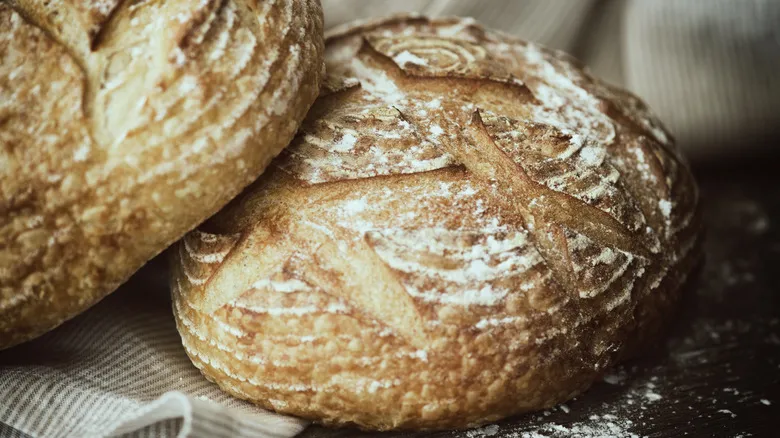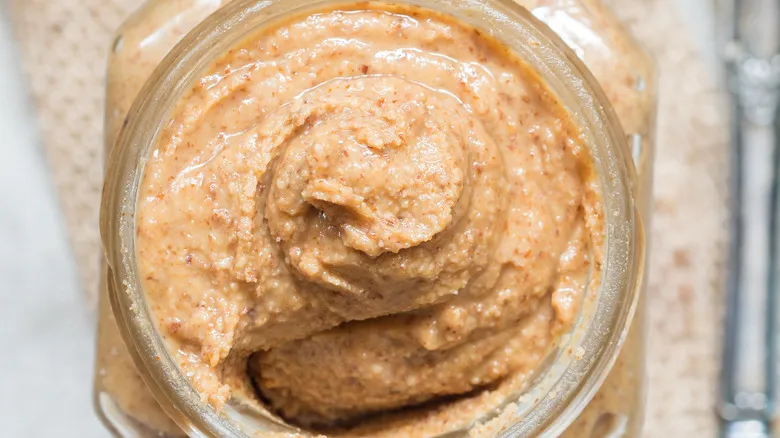How steam creates a better bread crust
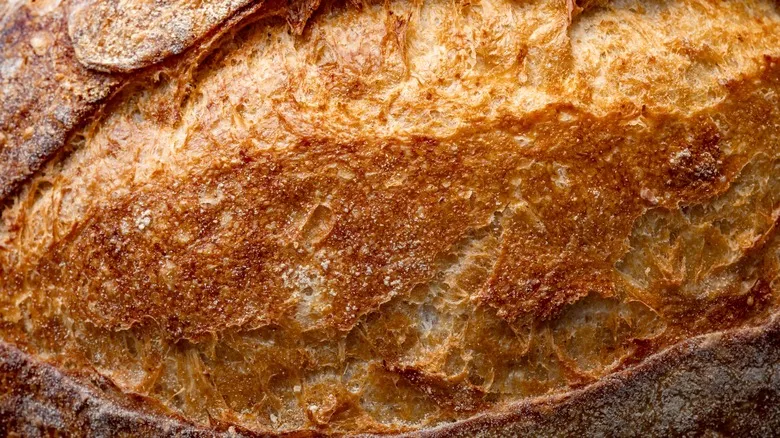
To successfully execute this trick, aside from your loaf of bread, you'll need a Dutch oven and a few ice cubes (use between one to four cubes based on their size; using more may introduce excessive moisture). Place the bread and ice into the Dutch oven and cover it with the lid to trap the steam. Now you're set to bake. As the bread heats up, the ice will melt and turn into steam, filling the Dutch oven. This steam will gradually condense on the surface of the bread, and once the dough reaches 180 degrees, the magic begins.
At 180 degrees, the starches on the dough's surface start to absorb the accumulated moisture. Eventually, these starches take in so much water that they burst, creating a starchy gel that coats the bread's surface, which then crisps up in the heat. This is how those lovely golden blisters form on a perfectly baked crust.
There's a scientific reason why the crust of a loaf darkens significantly in the oven while the inside remains light. This phenomenon is known as the Maillard reaction, where the natural sugars in the dough interact with amino acids when heated, resulting in browning. It's the same process that gives a pan-seared ribeye steak its crust. If the Maillard reaction occurs too soon, the bread crust can burn, but the steam momentarily cools the baking environment, preventing this from happening.
How steam improves the interior of a loaf
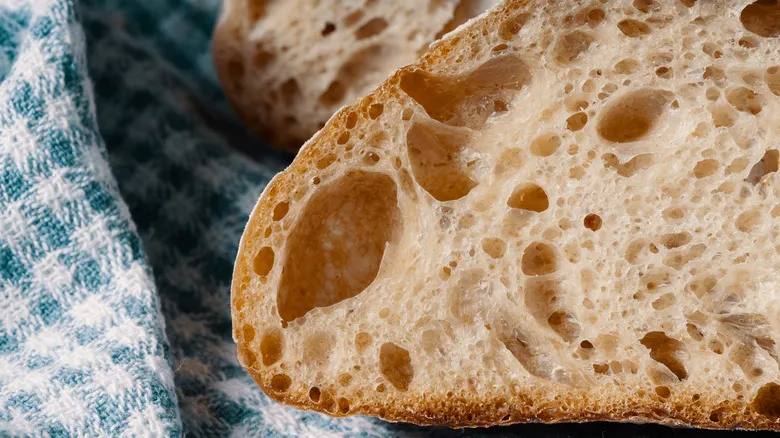
Using ice cubes while baking bread does more than just create a crispy, golden crust; it also enhances the rise of your loaf, resulting in a lighter, airier interior and a more substantial overall volume. Many believe that proofing is the most challenging step in bread baking, and the last thing you want is to compromise a good proof during the baking process. This can occur if the bread develops a crust too early. When the surface of the loaf heats up too quickly, it forms a hard shell that inhibits the expansion of the interior. Consequently, your loaf may end up with a thick crust and a dense crumb. Fortunately, steam provides a solution to this issue.
By adding ice cubes to the Dutch oven with your bread, you initiate the baking process at a lower temperature. This gradual heating allows the crumb to expand fully before the crust sets. Once the ice has completely melted and evaporated, the loaf will have risen to a nice, plump size, filled with air bubbles that keep the crumb light and chewy rather than dense and gummy. This technique can even rescue an over-proofed loaf. While it may not rise as much as a properly proofed loaf, the extra time for expansion significantly helps in avoiding a dense texture.
Recommended
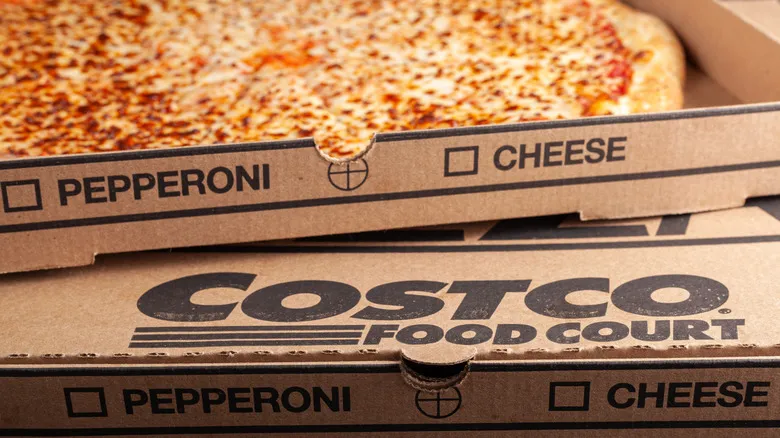
How To Enjoy Costco's Food Court Pizza In The Comfort Of Your Own Home

Why You Should Start Storing Your Ice Cream Tub In A Plastic Bag

The Ingredient Hack That Takes Breakfast Tacos To The Next Level

Use Canned Tuna To Save Money On Your Next Homemade Sushi Night
Next up

